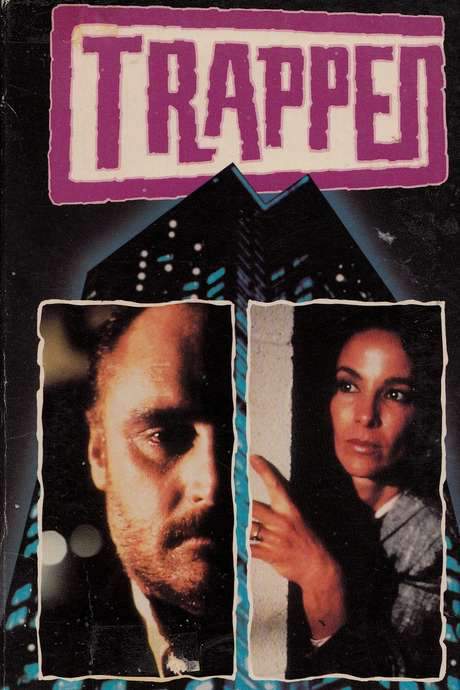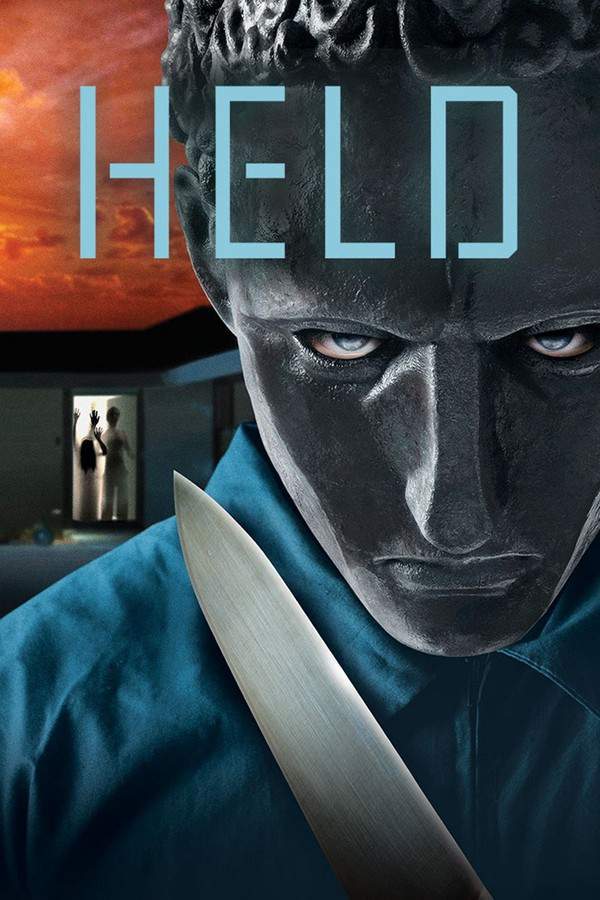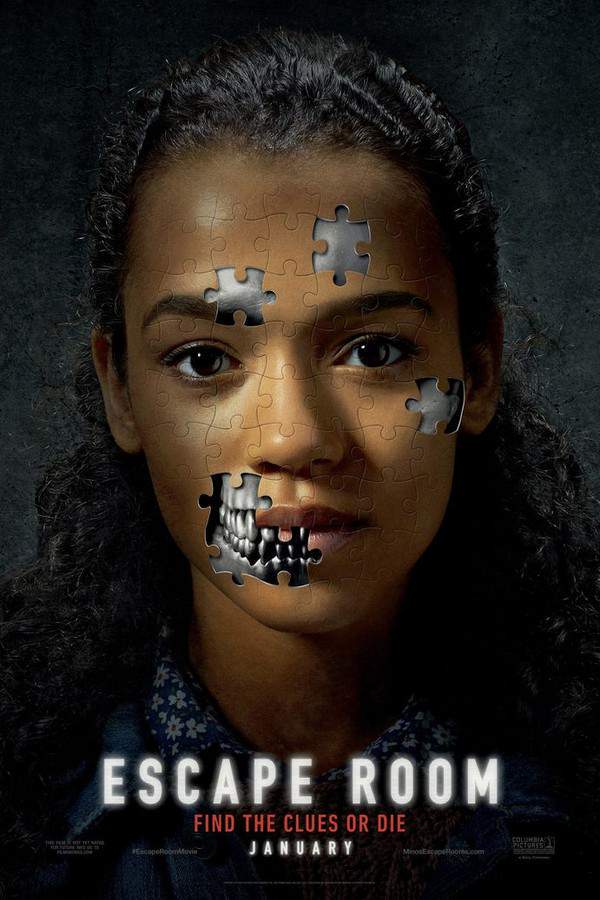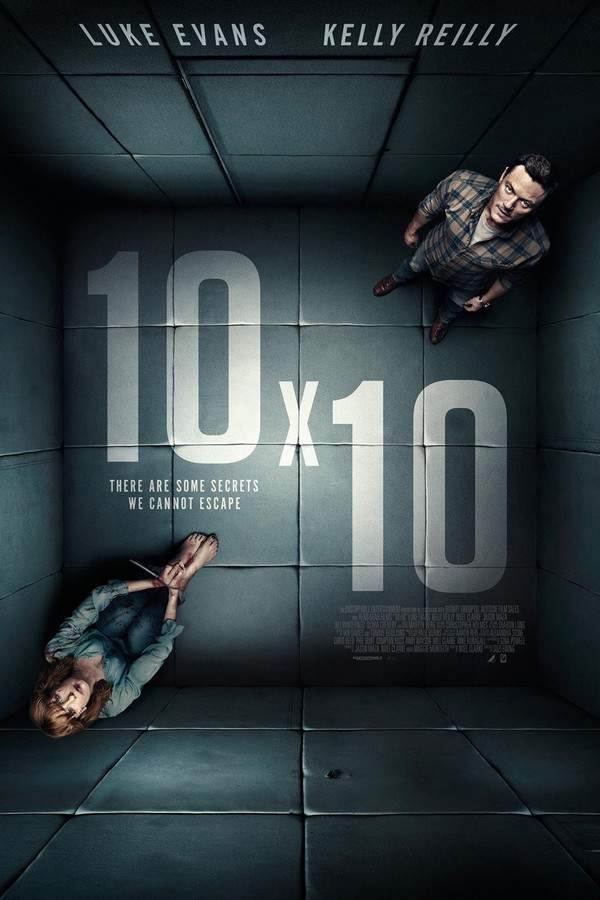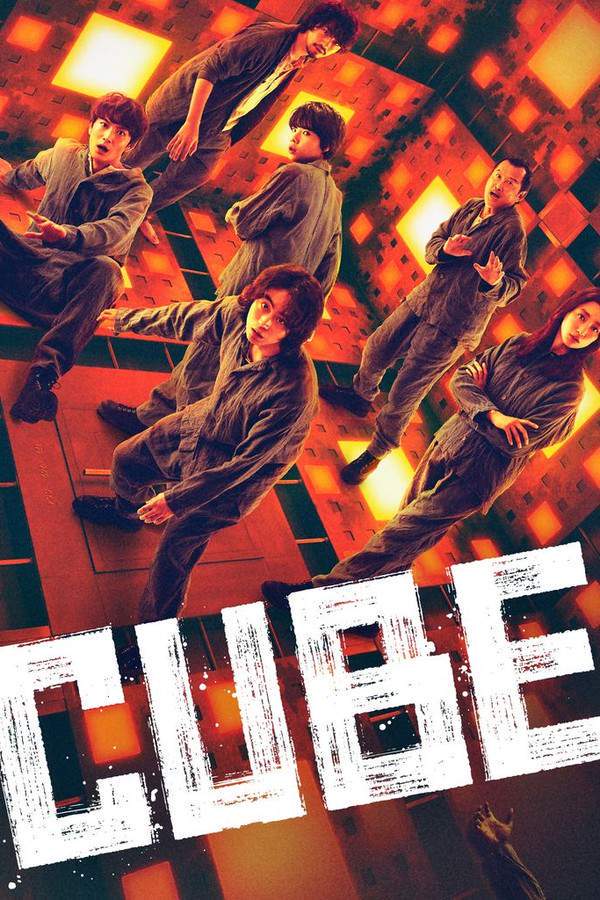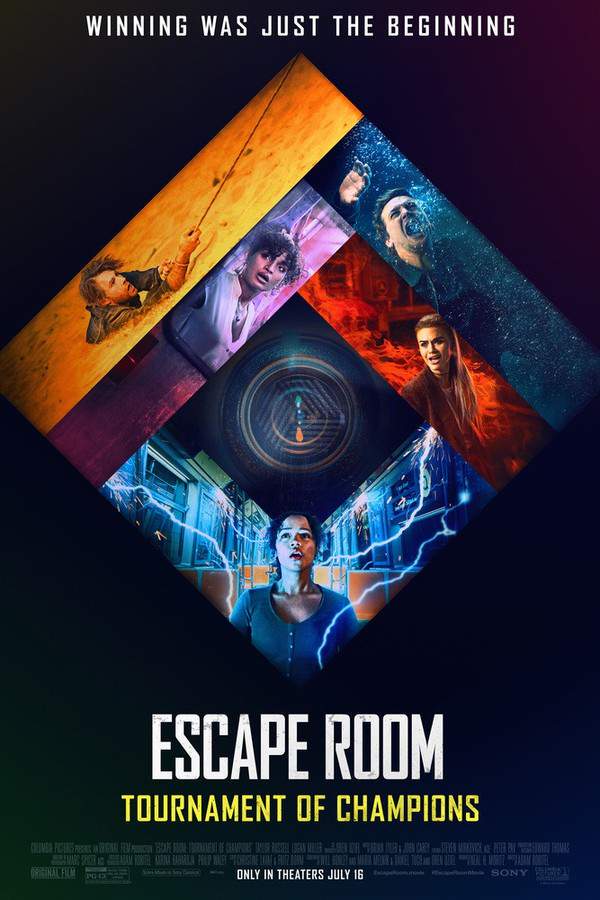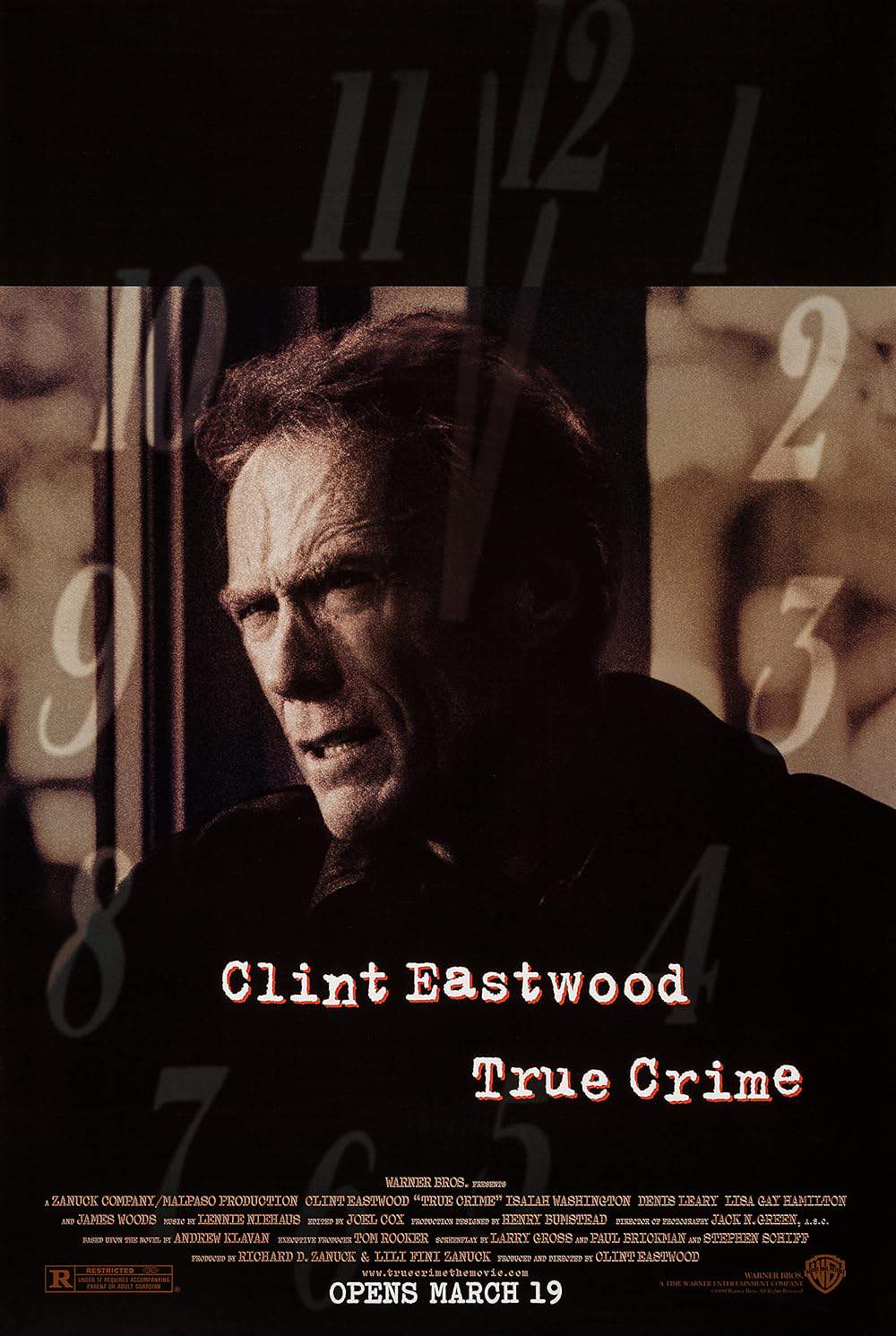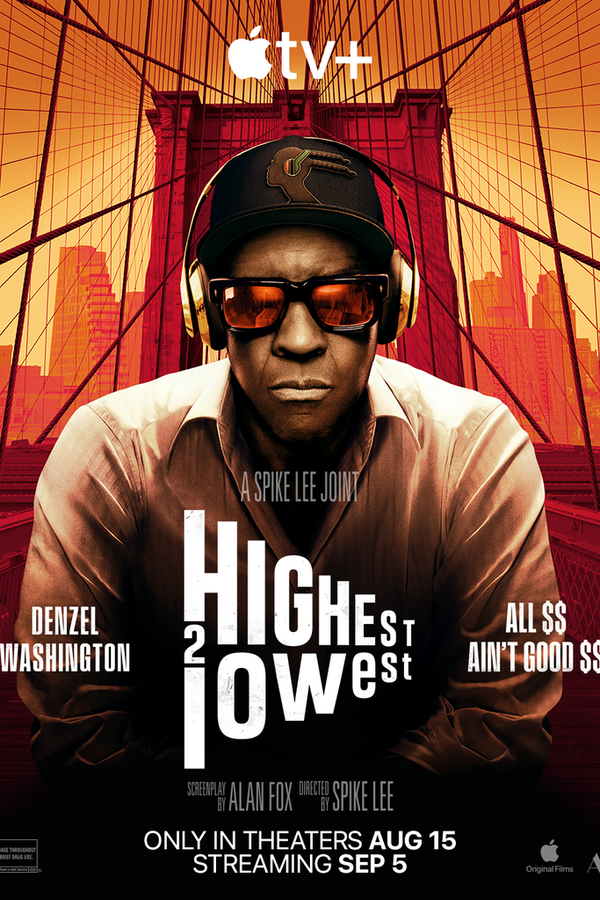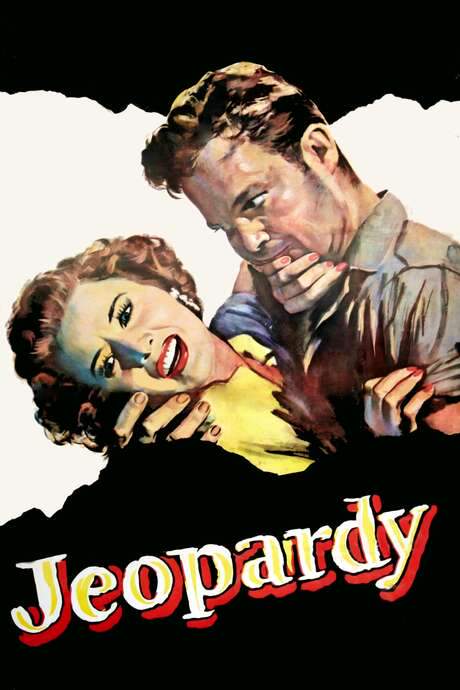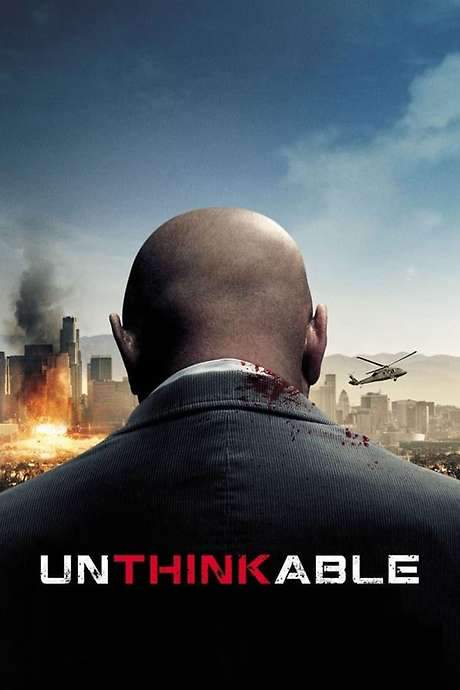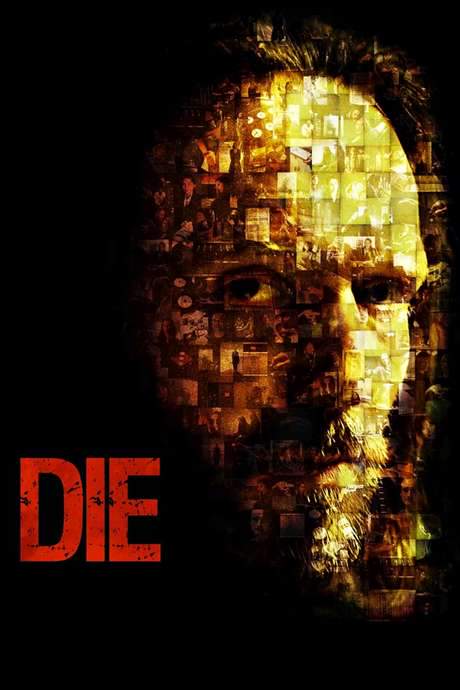
Die
Year: 2010
Runtime: 91 mins
Language: English
Director: Dominic James
Six people, each of them is on the road to self-destruction. They wake up in cells in a surreal facility, without knowing how they got there or why.
Warning: spoilers below!
Haven’t seen Die yet? This summary contains major spoilers. Bookmark the page, watch the movie, and come back for the full breakdown. If you're ready, scroll on and relive the story!
Die (2010) – Full Plot Summary & Ending Explained
Read the complete plot breakdown of Die (2010), including all key story events, major twists, and the ending explained in detail. Discover what really happened—and what it all means.
Six people on the road to self-destruction wake up in cells inside a surreal facility, with no memory of how they arrived or why they’re there. The situation quickly tightens into a tense and unsettling game, as an insane captor corners them and imposes a ruthless test that will decide each other’s fates. The captives—Sofia Valenti, Caterina Murino; Mark Murdock, Elias Koteas; Jacob, John Pyper-Ferguson; Diane Robinson, Patricia McKenzie; Melody Chambers, Katie Boland; and Claire, Simone-Elise Girard—find themselves stripped of their pasts and forced into a deliberate dance of risk and consequence.
As the game unfolds, the captives are arranged into pairs and must confront a chilling decision mechanism: one member must roll a die to determine how many bullets the other will face, a grim rule that transforms chance into survival. The film presents the dice-and-deadly-setup with a stark, clinical urgency, illustrating how fear, guilt, and desperation drive each choice. For instance, a man who had planned to end his own life is pressed to roll and define the number of chances he’ll grant the other captive to keep living or to fall victim to the next move in the macabre sequence. The tension of these moments—and the way the die’s result twists a relationship from trust to betrayal—becomes the beating heart of the narrative.
Meanwhile, the captives’ backstories surface in fragments, pieces of guilt and past trauma that the film uses to color the stakes—but these backstories are, in the view of some viewers, not particularly rich or surprising. The sections with the villain and the people carrying out the cruelty land the film’s strongest, most unsettling notes, delivering the core suspense and menace that keep the hour moving. The cinematography leans into the claustrophobia of glass prison cubes and dim, clinical lighting, intensifying the sense that every action could tip the balance between life and death.
Interwoven with the central experiment are pursuit threads that show up as investigators piece together clues. A pair of FBI or investigative figures works to track the kidnapped individuals and connect the scattered breadcrumbs left by the captor’s elaborate scheme, gradually pulling the threads toward a fuller, if still partial, understanding of the why behind the nightmare.
The movie aims for a lean, high-stakes horror premise—a PG-13 take on a Saw-like scenario—focusing on dialogue, tension, and the moral calculus of each choice under pressure. While some moments meet that goal with effective dread and a chilling cat-and-mouse rhythm, other parts drift toward conventional thriller territory, with predictability dampening the impact for some viewers. That said, the film still lands several memorable beats, particularly in the dynamic between the captors and the forced participants, and it offers a compact, watchable ride for fans of restrained, cerebral horror. If you’re drawn to stories where a game of chance collides with the fragility of human life, the setup provides enough intrigue and grim atmosphere to leave an impression, even as the heavier emotional payload and some narrative twists may feel underdeveloped in the final stretch.
Last Updated: October 01, 2025 at 10:24
Explore Movie Threads
Discover curated groups of movies connected by mood, themes, and story style. Browse collections built around emotion, atmosphere, and narrative focus to easily find films that match what you feel like watching right now.
Claustrophobic captivity thrillers like Die
Characters trapped and forced to play deadly psychological games for survival.If you liked the high-tension survival horror of Die, explore more movies like it. This list features similar psychological thrillers about characters trapped in deadly games, facing moral choices in confined, unsettling settings. Find your next suspenseful watch among these stories of desperation and cunning.
Narrative Summary
These narratives typically begin with a sudden, unexplained captivity. The plot is driven by a series of tests or games that force characters to confront their fears, guilt, or morality. The central conflict is often against an unseen puppeteer and the deteriorating dynamics within the trapped group, building towards a climactic struggle for freedom and truth.
Why These Movies?
Movies are grouped here for their shared focus on confinement as a primary source of tension. They generate a consistent mood of anxiety, dread, and suspense through scenarios where escape is nearly impossible and every decision carries life-or-death consequences, creating a deeply immersive and stressful viewer experience.
Movies with high-stakes moral dilemmas like Die
Ordinary people forced to make impossible choices under extreme pressure.Fans of Die who enjoyed its tense ethical challenges will find more movies like it here. These films explore similar themes of desperate survival and impossible choices, often putting characters in situations where there are no good options. Discover other suspenseful stories that question the price of a life.
Narrative Summary
The narrative pattern involves placing characters in a contrived or extreme scenario that systematically removes easy options. The plot advances through a series of escalating choices, each forcing a deeper moral compromise. The character journey is one of degradation or revelation, exploring what a person is willing to do—and become—when pushed to the brink.
Why These Movies?
These films are united by their focus on ethical conflict as the main engine of drama. They share a heavy emotional weight and generate tension by making the viewer ponder, 'What would I do?' The experience is intellectually and emotionally engaging, prioritizing psychological suspense over physical action.
Unlock the Full Story of Die
Don't stop at just watching — explore Die in full detail. From the complete plot summary and scene-by-scene timeline to character breakdowns, thematic analysis, and a deep dive into the ending — every page helps you truly understand what Die is all about. Plus, discover what's next after the movie.
Die Timeline
Track the full timeline of Die with every major event arranged chronologically. Perfect for decoding non-linear storytelling, flashbacks, or parallel narratives with a clear scene-by-scene breakdown.

Characters, Settings & Themes in Die
Discover the characters, locations, and core themes that shape Die. Get insights into symbolic elements, setting significance, and deeper narrative meaning — ideal for thematic analysis and movie breakdowns.

Die Spoiler-Free Summary
Get a quick, spoiler-free overview of Die that covers the main plot points and key details without revealing any major twists or spoilers. Perfect for those who want to know what to expect before diving in.

More About Die
Visit What's After the Movie to explore more about Die: box office results, cast and crew info, production details, post-credit scenes, and external links — all in one place for movie fans and researchers.


